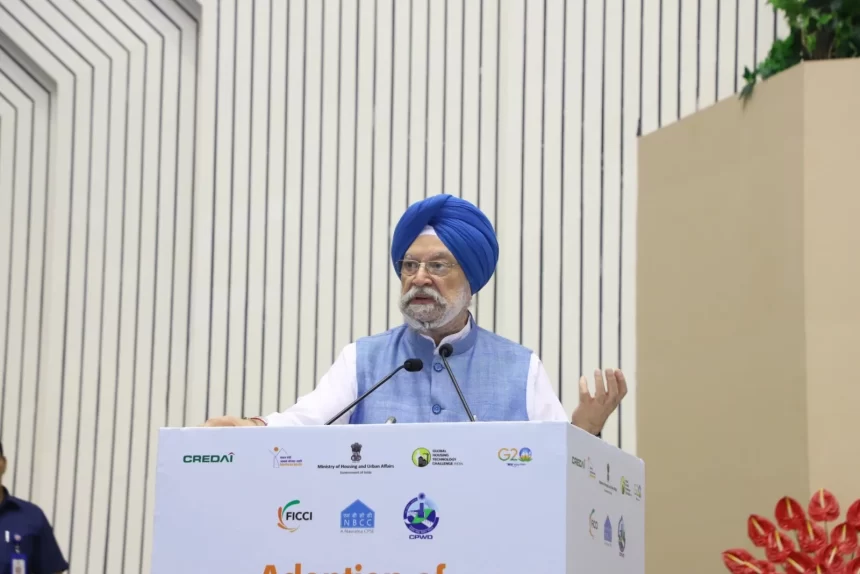Housing and Urban Affairs Minister Hardeep Singh Puri on Friday said more than 60 crore
people are estimated to reside in cities by 2030 because of rapid urbanisation and stressed the
need to increase adoption of new technologies in the construction industry.
On its part, the ministry has short-listed 54 innovative construction technologies from all over the
world under the Global Housing Technology Challenge and six light house projects were selected in
Chennai, Rajkot, Indore, Lucknow, Ranchi and Agartala under which 6,368 houses are being built using
innovative construction technologies.
“With these light house projects, I believe that the Modi government has laid down the roadmap for
the construction industry to reorient itself and support the vision of the Prime Minister in achieving
net zero emission by 2030,” Puri said.
He cited various benefits of the use of new technologies in these six projects — 50 per cent reduction
in construction time, 15-20 per cent saving of cement, 20 per cent reduction in construction waste, 10-
20 per cent reduction in cost of construction, 20-25 per cent enhanced thermal comfort, 4-Star green
GRIHA rating, low lifecycle cost, 20 per cent reduction in energy and 35 per cent reduction in GHG
emissions, among others.
The project in Chennai, comprising 1,152 houses, was completed in a record 12 months. The project in
Rajkot, consisting of 1,144 houses, has also been delivered and the remaining four projects will also be
completed shortly, he said.
“India in 2030 will have an urban population of over 600 million. Cities, as the hub of economic
activity, will be responsible for more than 70 per cent of the country’s GDP by 2030,” Puri said.
With rapid urbanisation and faster economic growth, the minister said there will be a lot of business
potential for the construction and real estate industries in the next two decades or so. He asked the
industry players to gear up to encash this growth opportunity.
At the same time, Puri said cities are also major contributors to climate change.
The United Nations Environment Programme (UNEP) estimates that cities emit up to 75 per cent of the
global CO2-equivalent emissions globally. Buildings and urban transport are amongst the largest
contributors.


Leave a Reply